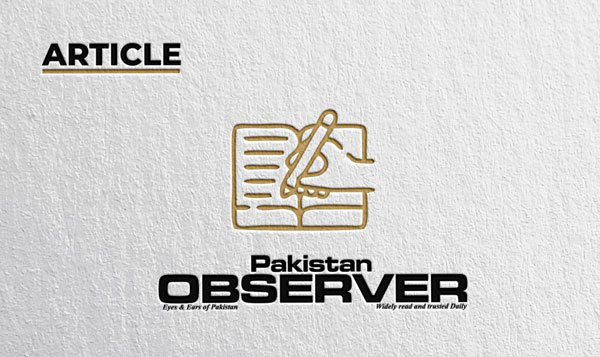PAKISTAN exports over 131,000 metric tons of fish valued at Rs. 7.272 billion, while its coastal and marine regions produce approximately 596,980 metric tons of marine fish and 25,000 metric tons of shrimp. Ports such as Port Qasim, Gwadar and several smaller jetties are also present. Port Qasim, the country’s second busiest port, handles about 35% of Pakistan’s cargo, totalling 17 million tons annually. It is located 35 kilometres east of Karachi’s city centre, on a historic Indus River canal.
It is unfortunate that the human component of coastal hazards is often overlooked. A significant portion of Pakistan’s population resides along the coast and as these areas become increasingly vulnerable to the impacts of climate change, the social and economic costs become more evident. These coastal risks disproportionately affect vulnerable populations, who are often marginalized and impoverished. In addition to losing their homes and livelihoods, many communities also witness the erosion of their cultural heritage. The harsh reality is that people are being uprooted from their ancestral homes.
New technologies and safety precautions are being put in place to assist prevent maritime accidents as the global maritime industry continues to change. Creating new standards for maritime transportation has been a priority in recent years. This involves creating new rules and specifications for the building, operation and design of vessels. The International Maritime Organization (IMO) is aiming to enhance safety awareness and education in addition to creating new standards. This includes programs like the (Global Safety Management) GSM program which assists maritime businesses in creating and putting into place efficient safety management systems.
Additionally, the IMO is aiming to increase crew and passenger safety. Initiatives like the Safe Manning Convention, which establishes minimum crew needs for various vessel types, are examples of this. The dynamics of international trade, growth and security are significantly influenced by the seven major seaports: Karachi Port, Gwadar Port, Port Muhammad Bin Qasim, Keti Bandar Port, Ormara Port, Pasni Port and Jiwani Port. The effective use of these ports has been hampered by issues like inadequate infrastructure, political unpredictability, security worries and socio-economic traps. Nevertheless, with strategic investment, the nation still has the potential to thrive and advance.
Pakistan has not yet guaranteed a specific plan or program targeting defined sea-level rise levels. However, in response to the imminent threat posed by sea-level rise, the nation is addressing coastal vulnerabilities by strengthening early warning systems, coastal infrastructure, disaster management plans and community preparedness for extreme sea-level events. This was evident when tens of thousands of coastal residents were evacuated during Cyclone Biparjoy. At the beginning of 2021, a five-year initiative was launched to monitor land subsidence, seawater intrusion and sea-level rise across Pakistan’s entire coastal belt, with a focus on the Indus Delta creek system and coastal city flooding.
With funding from the Ministry of Science and Technology, Government of Pakistan, the National Institute of Oceanography is spearheading this effort in coordination with the Pakistan Navy Hydrographic Department, Pakistan Council of Research in Water Resources and Pakistan Space and Upper Atmosphere Research Commission. In addition to monitoring any changes in the physical and geological parameters along the coast, the project is anticipated to provide some essential data, such as tidal observations, vertical land movement, shallow water bathymetry and land elevation, which could be used in high-resolution flood inundation modelling. The Sindh Coastal Resilience Project (SCRP), which is supported by the ADB, has suggested measures at the provincial level to reduce coastal hazards including floods and saltwater intrusion and to increase community ability to support long-term development while, when practical, collaborating with nature. By restoring streams, the project hopes to prevent saltwater intrusion into the delta by facilitating the movement of sediment and freshwater towards the coast. Additionally, a demonstration tool of an interactive, open-source coastal management system for communicating flood and coastal threats throughout the delta will be made available.
In the light of this, a thorough disaster risk management (DRM) plan for a nation such as Pakistan must incorporate investment in both prevention and mitigation strategies. The National Disaster Risk Management Fund (NDRMF), a federal government fund, is already actively involved in through its numerous disaster risk reduction initiatives throughout Pakistan. Typical NDRMF initiatives include flood prevention and control strategies, bolstering rescue services and early warning systems and making sure public infrastructure is disaster-resistant. NDRMF is adamant that unless economic and financial risk management is integrated into the overall risk management plan, the goal of catastrophe resilience development will remain essentially unachievable.
—The writer is contributing columnist.










